Description
IS420YVIBS1B General Electric Processor Board Mark VI
As a relatively mature product, industrial robots are difficult to judge from the perspective of ordinary users. Especially in today”s era, it is impossible to create a
generational gap through technology.
Just like when someone asks about the advantages and disadvantages of the car-making technologies of Mercedes-Benz and BMW, all I can say is, “It doesn”t matter
if you ride in a Mercedes-Benz or drive a BMW.” Comparing industrial robots to car-making, most of the key technologies used in car-making must be shared by Mercedes-Benz
and BMW. The differences in other “marketing technologies” will not affect the technological competition pattern.
So what will industrial robot manufacturers mainly rely on to widen the gap in the future? There is only one answer, the Internet of Things strategy. Without realizing it,
KUKA, ABB, FANUC, and Yaskawa, the four major industrial robot giants, have already been stationed in the field of Internet of Things and are ready to go.
KUKA(Midea)
On December 30, 2016, Midea Group’s tender offer for the shares of Germany’s KUKA Group (KUKA), the world’s leading provider of intelligent automation solutions,
through MECCA InternaTIonal (BVI) Limited, has received approval from all relevant regulatory authorities.
At the annual meeting of Midea Group on January 12, 2017, Fang Hongbo, Chairman of Midea Group, emphasized the industrial significance of Midea’s acquisition
of KUKA: In the future, Midea will build a second industrial segment besides the home appliance industry, namely the robotics and industrial automation industry segment. This is The new growth point of beauty.
The annual meeting invited KUKA CEO TIll Reuter, who has just entered the Midea system, to give a speech. When explaining the core strategic goals for the future,
Reuter mentioned the two concepts of “intelligent machines” and “digital areas”, which are the two concepts that run through the Internet of Things technology in the company”s business:
Intelligent machines: Among the industrial robots manufactured by KUKA, they are equivalent to advanced robots with both autonomy and mobility. Soon a large number
of industrial robots will “step out of the work cage that is isolated from humans” and begin to work closely with humans, further improving their flexibility. Reuter said that as
industrial robots continue to develop, smart machines with better autonomy and mobility will emerge.
Digital area: It is a solution that combines the knowledge related to production processes of various industries that KUKA has cultivated in the past with the
most cutting-edge IT. Reuter said: “We are familiar with the production processes of products such as cars and aircraft. We want to connect our technical experience with IT to provide
customers with intelligent systems.” Reuter said that by optimizing intelligent systems, that is, complex systems based on big data analysis, reducing downtime
and predictive maintenance of various production systems, new business models can be created and a highly integrated value chain can be built.
According to IFR data, in the field of automobile manufacturing, KUKA robots have the largest market share in the world. We might as well start with the automotive industry
and show you how KUKA uses the “Internet of Things box” to construct the Jeep Wrangler”s body-in-white workshop into an IIoT (Industrial Internet of Things) factory.
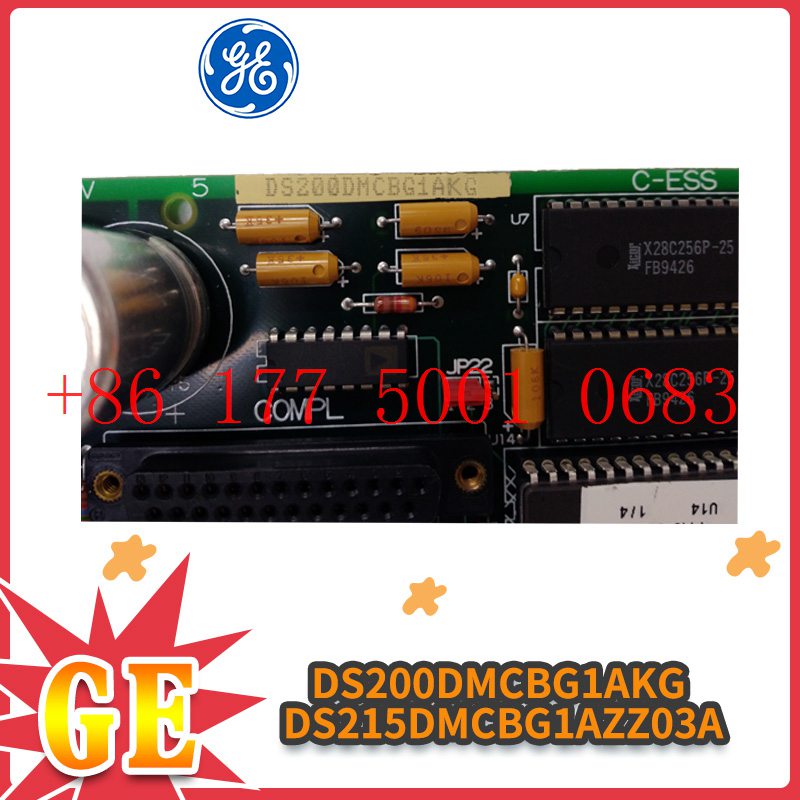
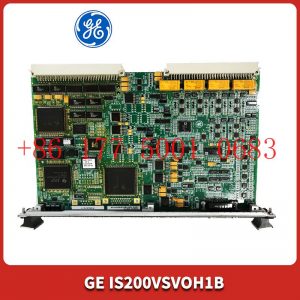
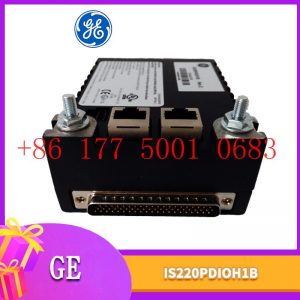
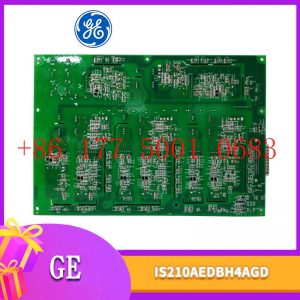
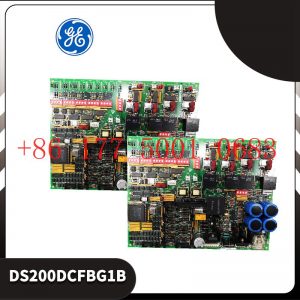




Reviews
There are no reviews yet.